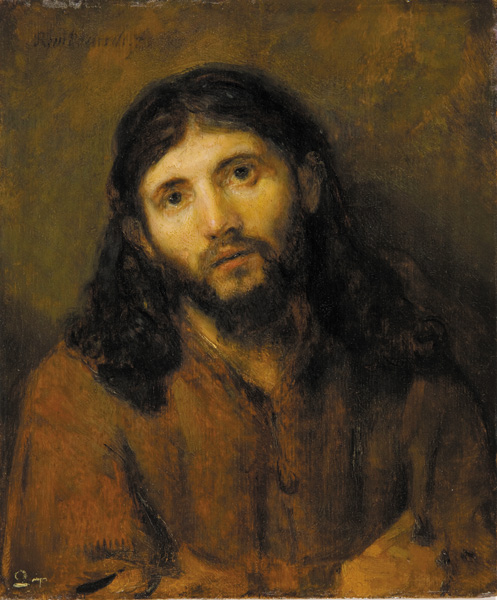
Detroit Institute of Arts
Detroit, Michigan
www.dia.org
For more than a thousand years, most artistic depictions of Jesus were based on stylized Byzantine icon prototypes with light brown hair, a high round forehead, thin lips and an elongated nose. In Rembrandt and the Face of Jesus, however, a collection of seven portraits of Jesus and more than 50 related paintings, prints and drawings by Rembrandt van Rijn and his pupils demonstrate how the famous 17th-century Dutch artist undertook to portray Jesus with a reverent but human realism not seen before his time.
Rembrandt devoted great effort to creating realistic expressions, poses and attire for his portraits of Jesus, which he would then adapt later for his paintings of Biblical scenes such as Supper at Emmaus and Raising of Lazarus. He kept two paintings called Head of Christ in his own bedroom. Having developed an interest in Jewish history to inform his art, Rembrandt owned German translations of Josephus’s Antiquities of the Jews and The Jewish Wars. He even started using a Sephardic Jewish man as his model for Jesus, turning away from prevalent Jewish caricatures of the time.
Rembrandt and the Face of Jesus, including three portraits of Jesus never before seen in the United States, allows visitors to consider the religious, historic and artistic significance of Rembrandt’s portraits in the context of his own work as well as other traditional images of Jesus.

